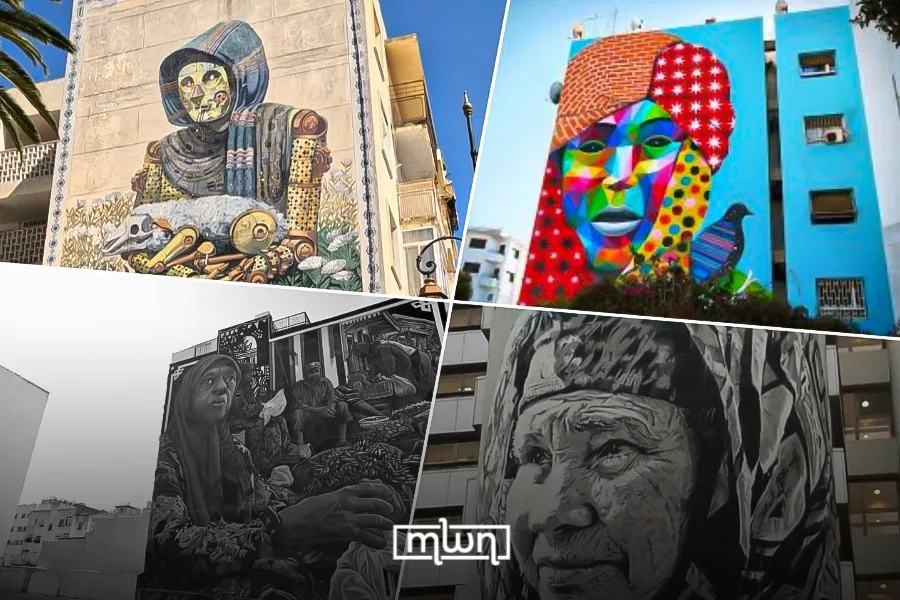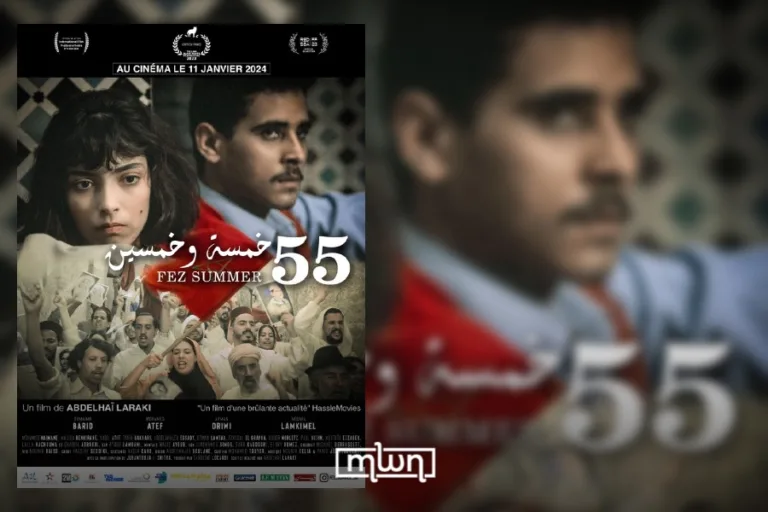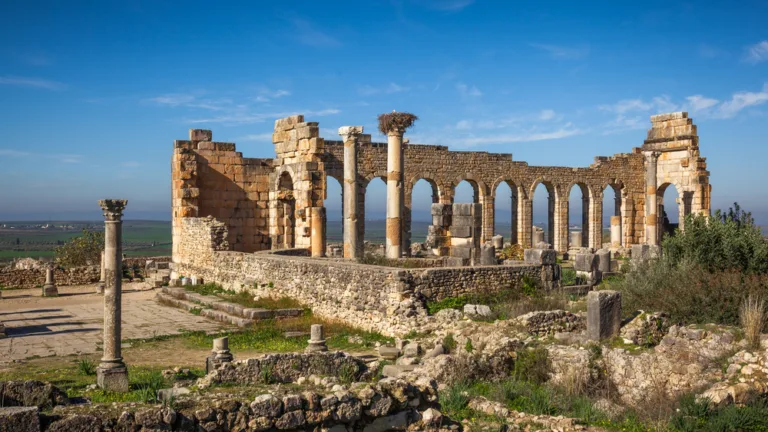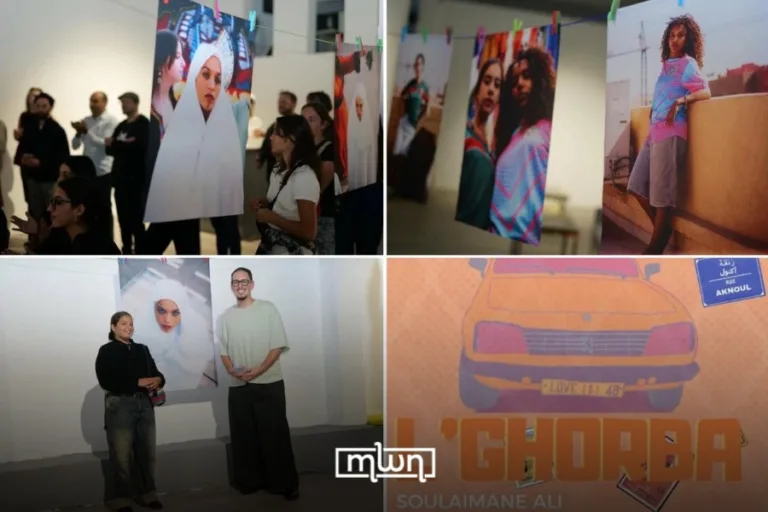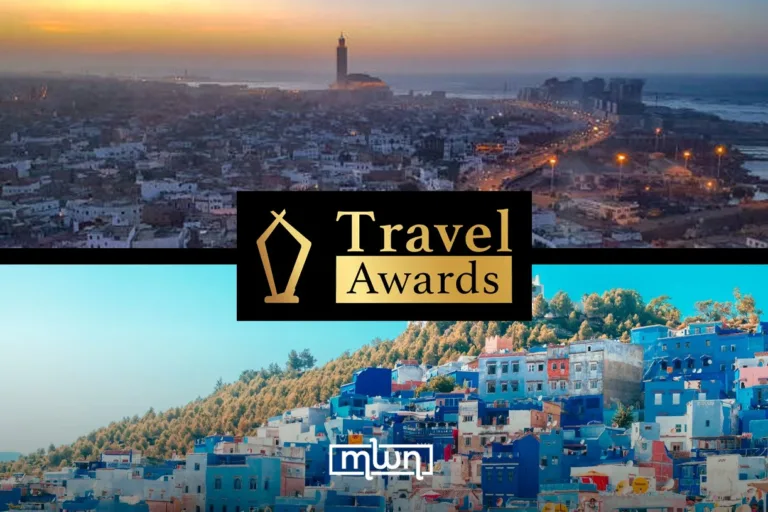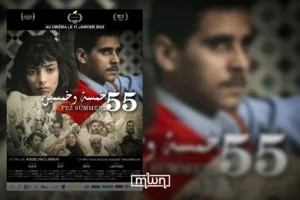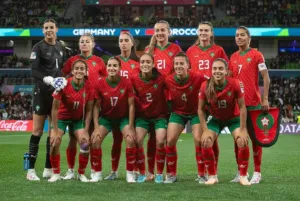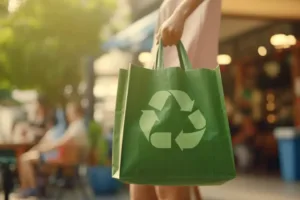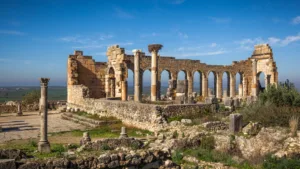Rabat – ‘Street Art’ today refers to the murals, graffiti, stencils, stickers, tags, mosaics, and posters born out of the urban art movements in New York City in the 1980s. Originally one of the pillars of hiphop culture alongside MCing, Breakdancing and DJing, graffiti art exploded in popularity around the world. It’s a broad medium used for social commentary, humor, protest and expressions of local identity. Street art developed to include murals, mosaics, stickers, and stencils alongside the more familiar graffiti tag styles.
A global art form
Colossal urban sprawls like Buenos Aires and Mexico City are hot spots where street art lovers can find spectacular murals; Melbourne and Sao Paulo heavily value the art form by dedicating large swathes of brick and concrete as part of the cultural and artistic fabric of the cities. Berlin brilliantly utilizes its architectural history to punch above its weight and is an inspiration for its street art. One of the most famous areas for murals is the East Side Gallery found on the remains of the Berlin Wall; the mere history of the structure combined with the artistic element draws a plethora of tourists in.
Rabat’s place in the street art scene
The street art scene in Rabat can be compared to similarly sized cities’ scenes, like Bristol, UK UK and Lisbon, Portugal. Bristol hosts Up Fest, the largest EU street art festival. During the festival, the city is packed with artwork expressing social commentary, humor, and rebellion. Lisbon, on the other hand, blends its historic tiles with spray paint in all corners of the city, as well as at the Lx factory art center.
Rabat’s presence in the international street art scene is growing; the 10th annual street art festival was a success in May 2025. The “Jidar” (meaning “wall” in Arabic) Festival hosted artists from around the world, inviting them to paint murals in ten different sites across the city. This has led to the creation of over 100 pieces of street art in the Moroccan capital over the last decade and their longevity is cementing Rabat’s place in the street art world. Salaheddine Malouli, director of the festival stated: “The festival never truly ends when its official dates are over. On the contrary, once the festival ends, the real interaction begins between people and the artworks.”
How to find it
The website streetartcities is a good place to start, although it is not an exhaustive list, and there are many smaller works on the street level which can be found in the newer parts of the city.
Putting Rabat on the street art map
As long as the annual Jidar Festival continues, Rabat’s street art scene will continue to flourish. The size of the city makes it hard to compete with the global appeal of grander cities such as Sao Paolo, London, Mexico City and Buenos Aires; but Rabat holds its own as a smaller city with a serious street art scene.
Perhaps Rabat could learn from these bigger names and, in a way similar to Berlin’s East Side Gallery, dedicate an area of the city specifically for street art. This could act as a focal point for both artists and tourists and help the artistic movement grow, but until then, street art fans will just have to enjoy the adventure of searching and discovering them for themselves.

